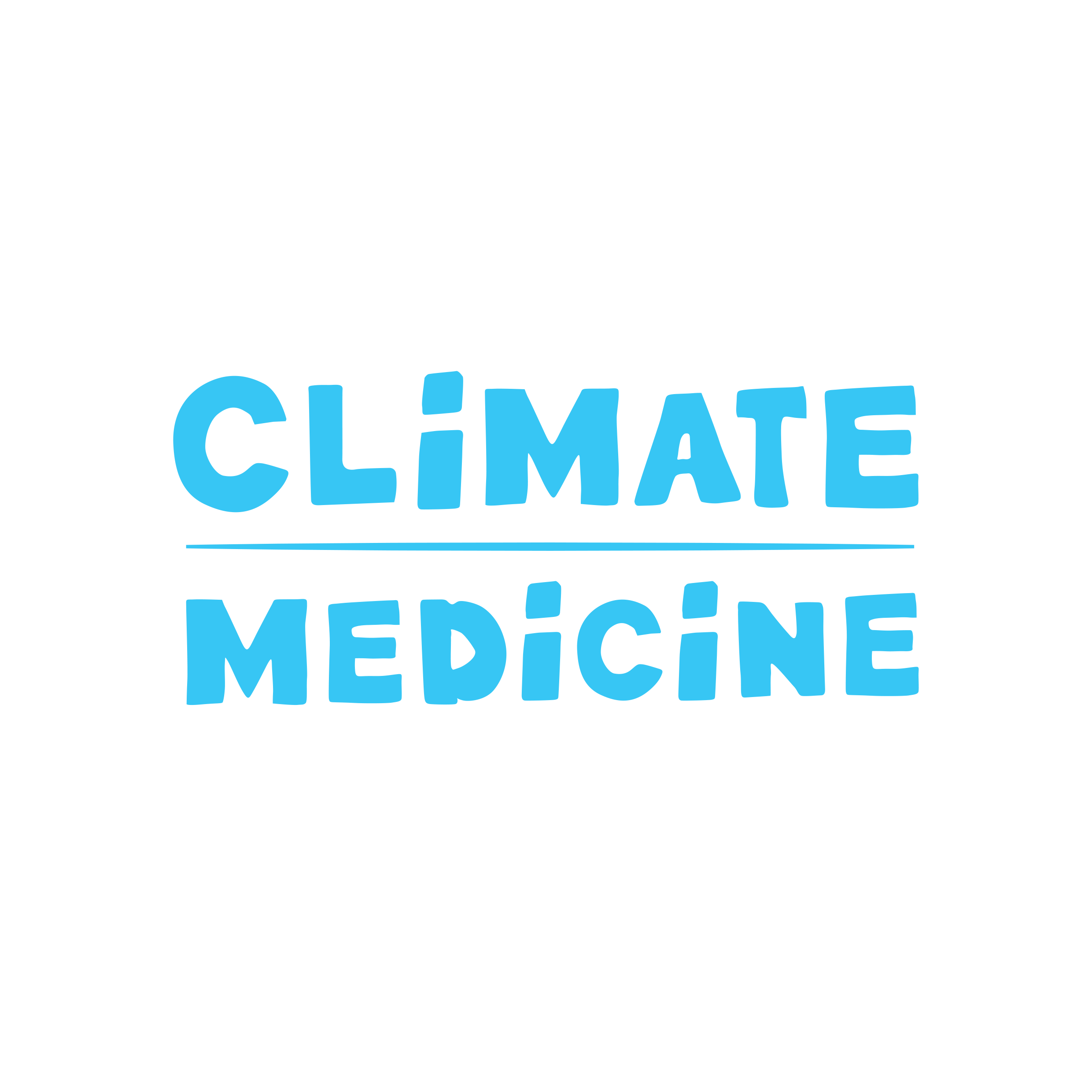Fire and Smoke
Climate change means more fires.
We are all affected by the catastrophic fires of 2019-2020. Fires have raged across the globe, from the Amazon to the Arctic Circle, from the Congo to California. In Australia we have seen the fire season start in early Spring of a magnitude beyond any level previously imagined. It is terrifying.
The world has watched as our nation burns, as lives have been lost, as volunteer firefighters battle flames 150m high, as families are stranded on beaches waiting for emergency rescue. We have seen our forests burn, releasing uncountable amounts of CO2 adding to global warming. We have seen our animal populations decimated with images of charred kangaroos and burnt koalas imprinted indelibly on our psyche. We have seen whole townships and countless homes destroyed. And we have choked on smoke as our cities top global pollution indices.
This is a national tragedy set to become the new normal of our changed climate.
We were warned. In 2008 the Garnaut Climate Change Review predicted our current crisis, making the scientific link between global warming and increased severity and frequency of bushfires in Australia. Fire and Emergency Services have been well aware of this serious threat and have advocated for increased funding to combat fires but also for governmental action to reduce our carbon footprint.
Our government has the responsibility of protecting the people of Australia from this deadly threat. They must formulate and enact all available measures to prepare for bushfire and actively reduce our carbon emissions to prevent them getting worse.
BE PREPARED: FIRE ACTION PLANS
Fire safety starts with prevention. We all need to decide before the fire whether to stay or leave. If you decide to stay you must be prepared to fight the fire with water and proper protection. The Country Fire Services of all states provide excellent advice regarding Fire Action Plans and provide regular updates and emergency warnings. There are a number of apps to download that will notify you if fires enter your “watch zones”.
Burns
If you are on fire try not to panic. Concentrate on getting yourself to safety and putting the burn out by smothering it.
Water is the best treatment for burns.
Ideally you should apply running water to the burn for 20 minutes. When we burn our skin we lose its protective barrier, meaning we lose vast amounts of water from the tissues. It is commonplace for victims of serious burns to receive upwards of 20L IV fluids per day when in hospital.
Severe burns are a medical emergency: call 000 and get help.
Smoke Inhalation
Particles found in smoke from fires get into the lungs and interfere with respiratory function, making it hard to breathe. Smoke inhalation can be fatal.
People with underlying respiratory conditions, like asthma and COPD are at a higher risk from smoke inhalation, as are the elderly and children. Smoke inhalation can precipitate heart attacks and strokes. Pregnant woman are more likely to have complications including preterm birth, decreased birth weight and hypertension.
We should try to prevent exposure by staying inside during smoky days with the doors and windows closed. Face masks need to be well fitted and have a filter rating of P2 or greater to be effective.
REferences
https://thenewdaily.com.au/life/wellbeing/2020/01/07/bushfire-smoke-health-risks/
https://www.healthdirect.gov.au/burns-and-scalds
https://emergencyleadersforclimateaction.org.au
https://www.abc.net.au/news/emergency/plan-for-an-emergency/bushfire/
Photo:AAP from the New Daily


